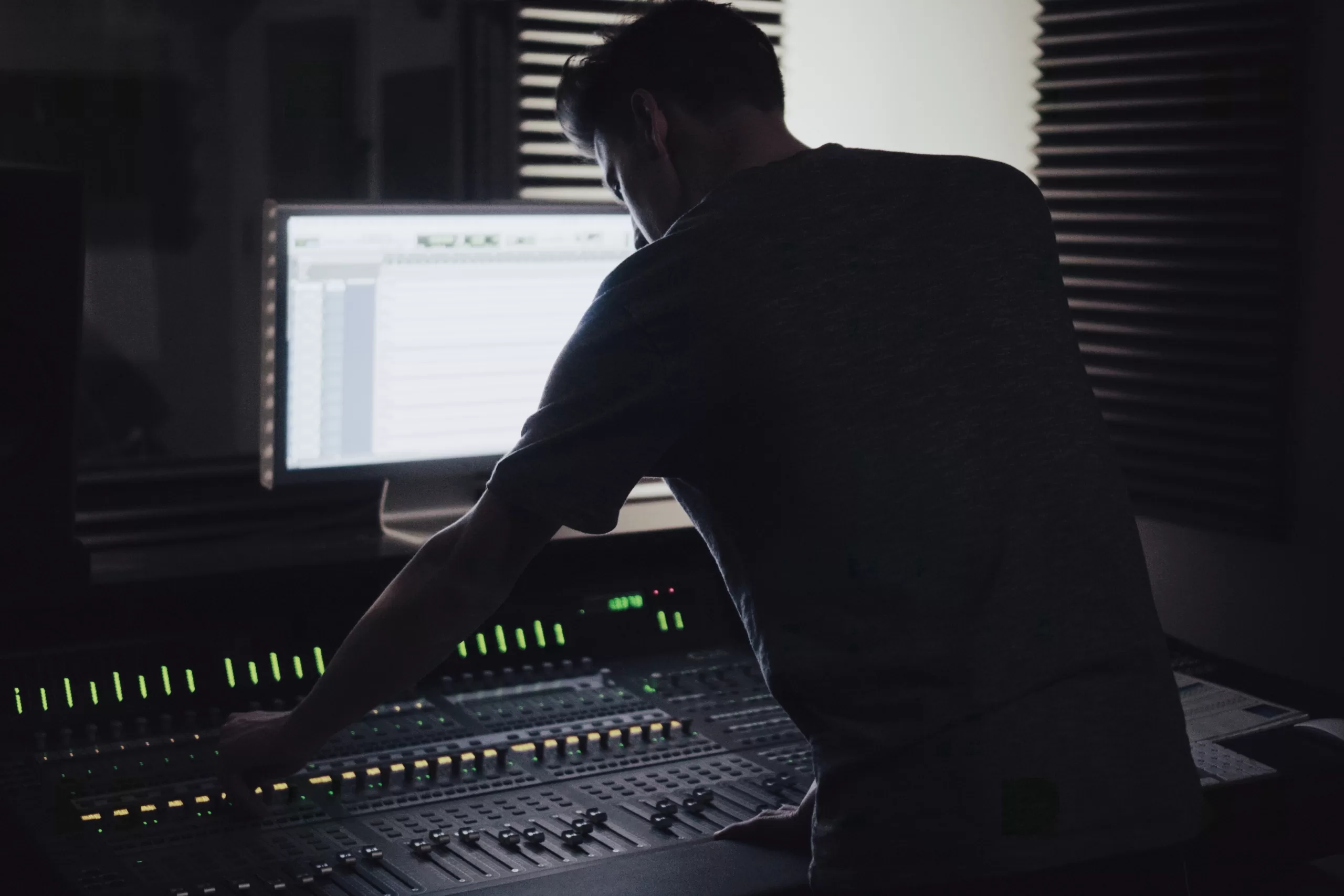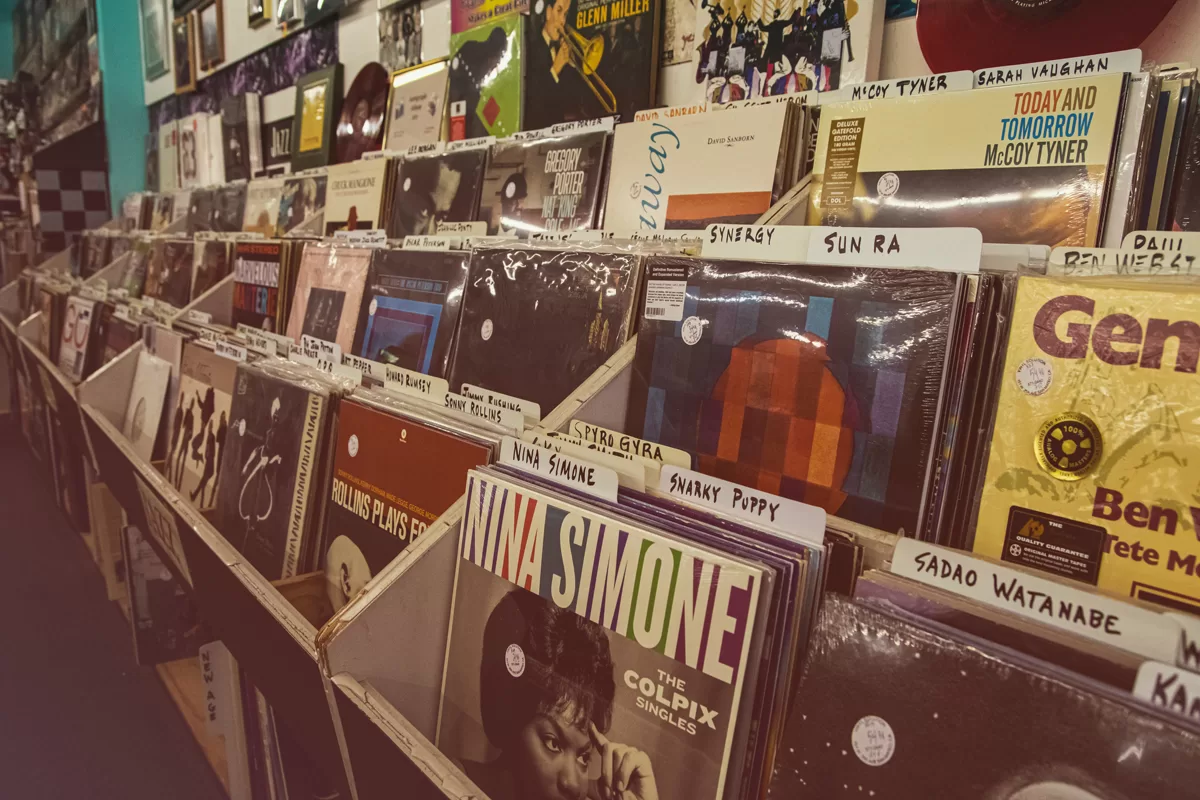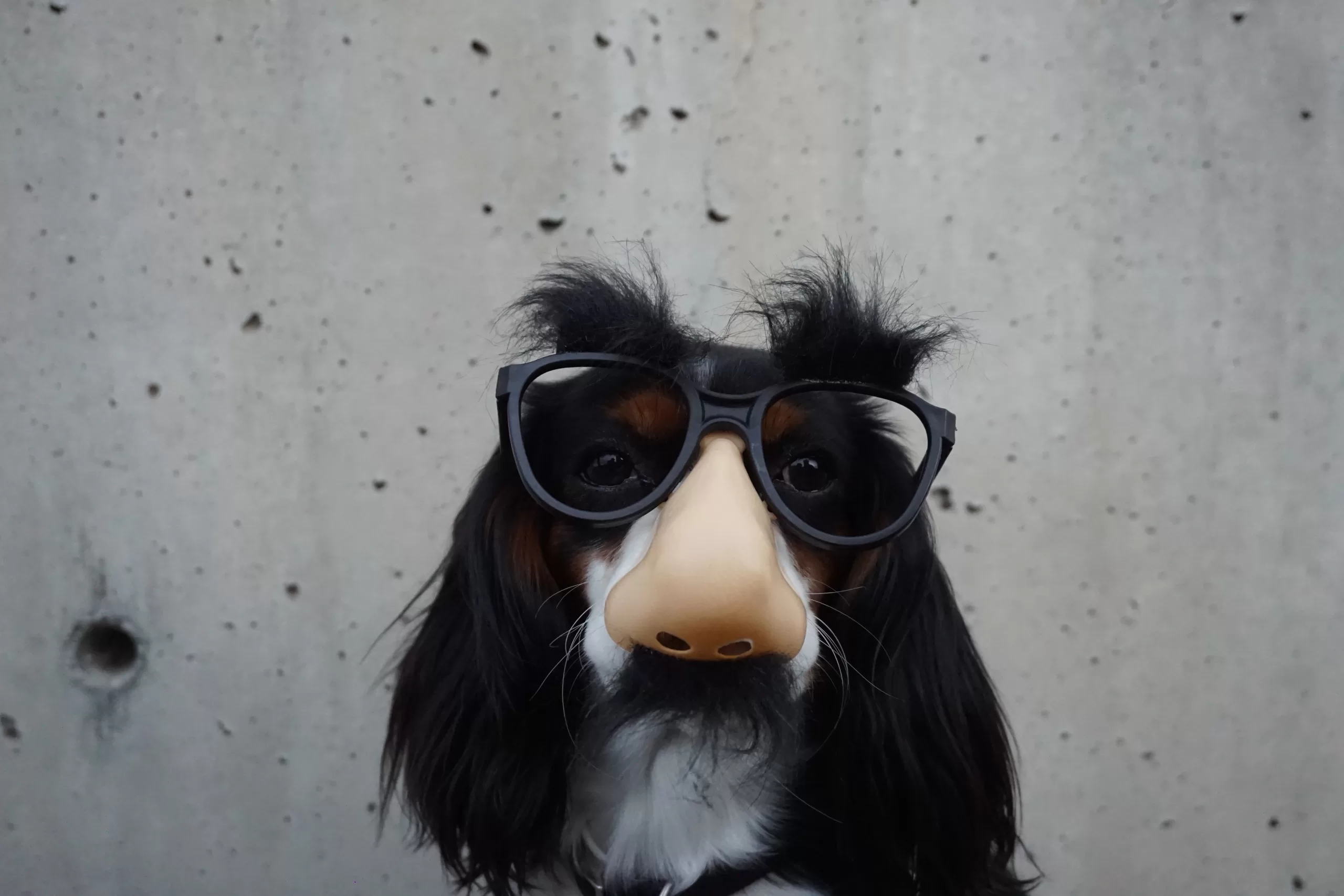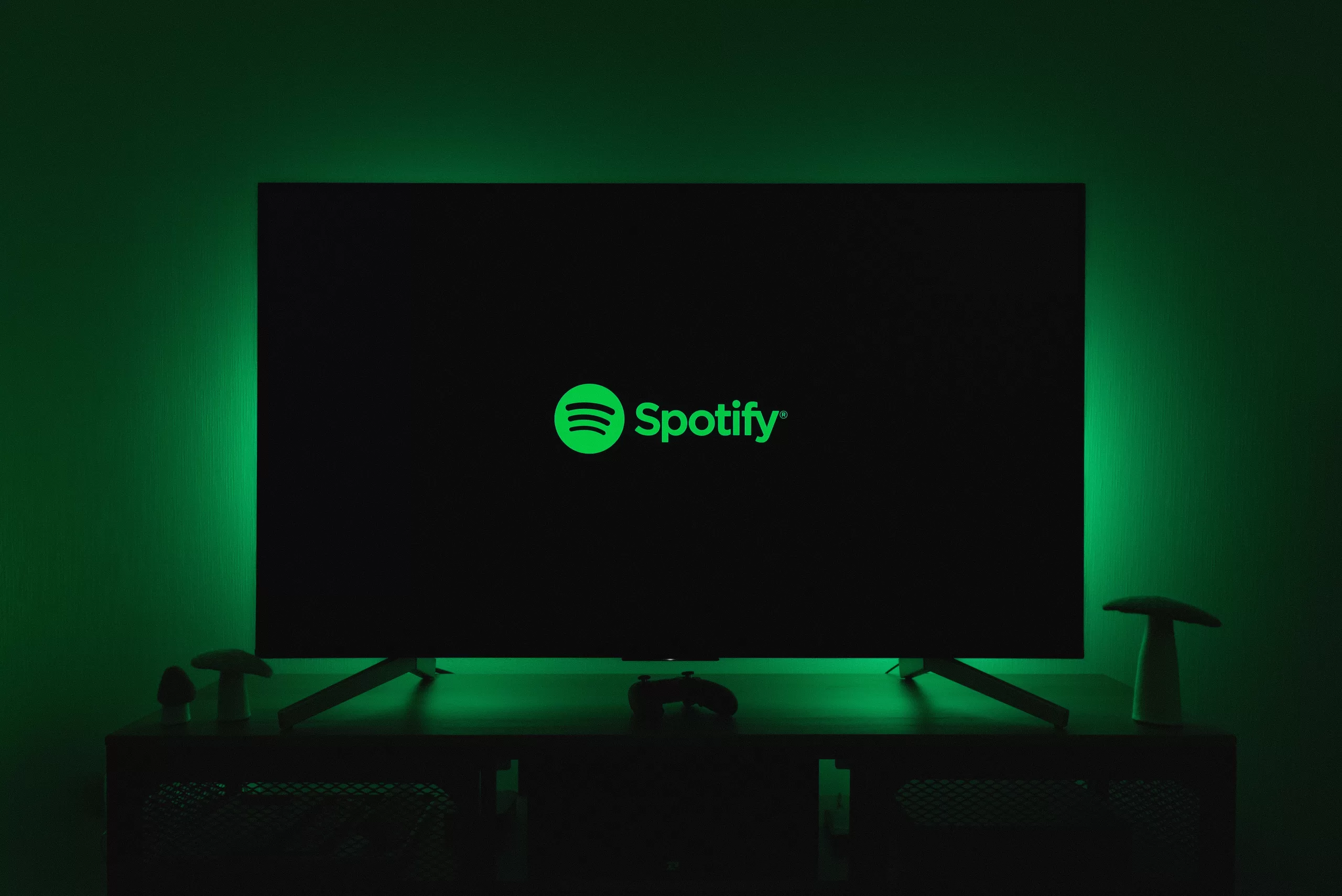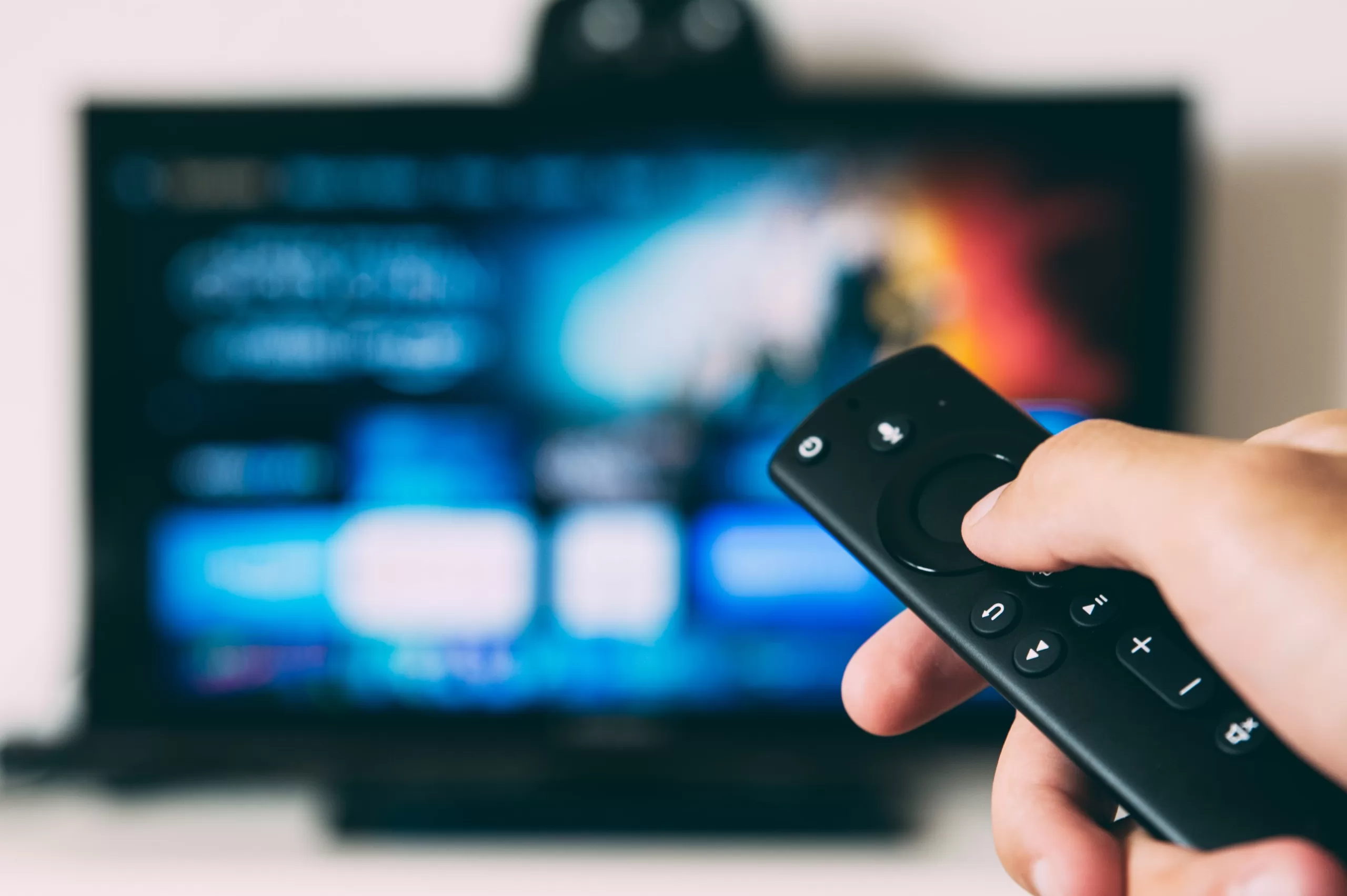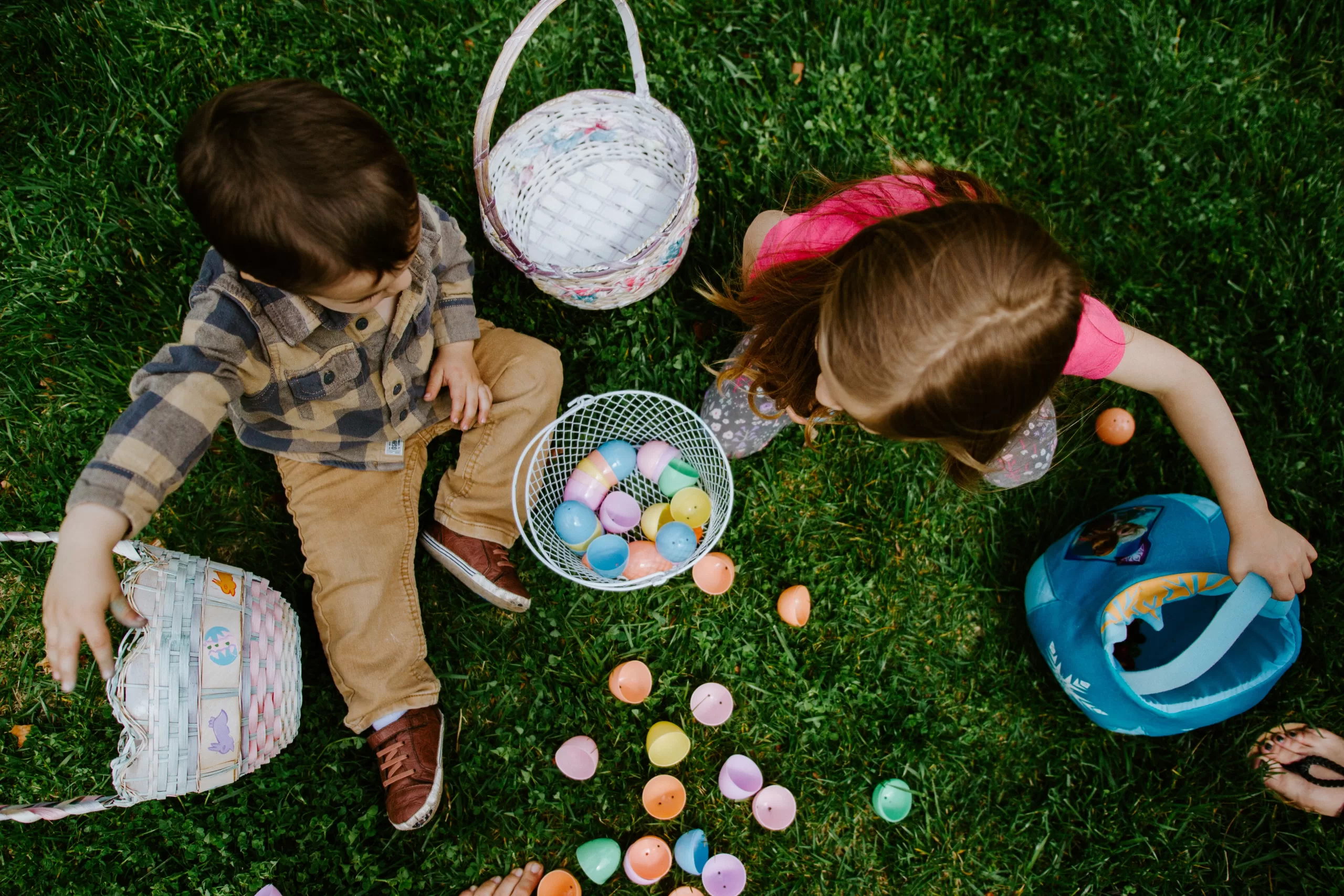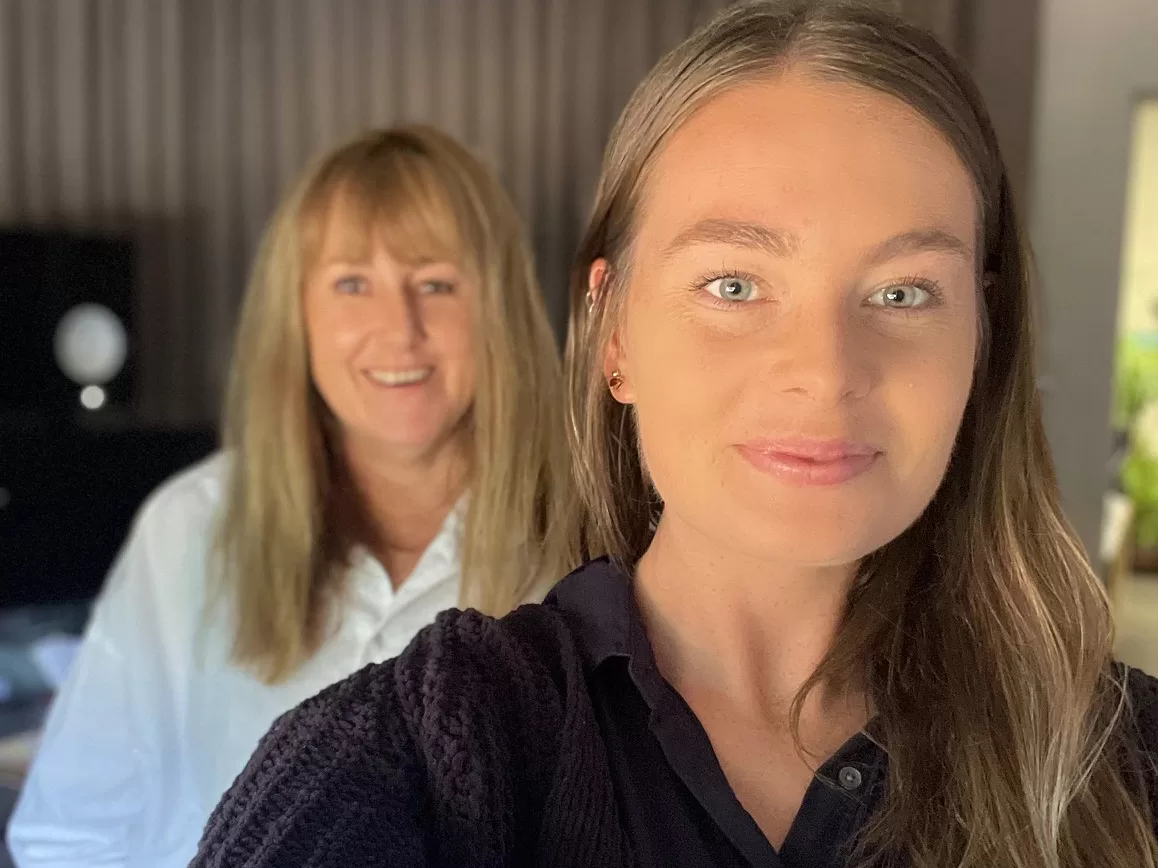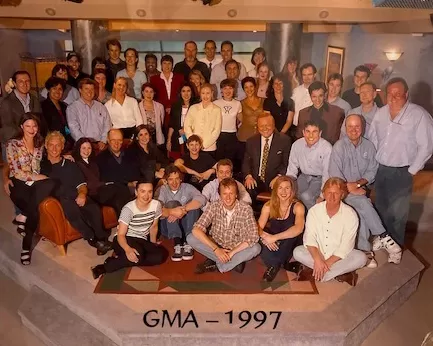Audio engineer jargon tends to sound more like terms you’d use to describe food rather than audio. So here are the meanings behind some of the more common words used here at Hardy Audio.
Warm
Warm is a positive term. A ‘warm’ sound or tone, has a tilt towards the bass frequencies but remains pleasantly spacious in the upper ranges.
Muddy
Muddy is a negative term that suggests the audio has too much bass/low mid frequency, instruments/vocals aren’t clear, or there is poor sound reproduction.
Clean
Clean audio suggests the audio is free from distracting/unwanted sounds, and or frequencies. It can also mean the audio is easily distinguishable without anything being too loud, or too quiet.
Hollow
Sound that is ‘hollow’ is where the mid range is too quiet. This can make the bass and treble sound louder, resulting in a sound that is empty in the middle.
Dull
Dull, or flat may be used to describe a lack of high frequencies, or treble notes.
Peaky
Peaky audio implies there are peaks or distortions. This results in unexpectedly loud audio that can distort and sound unclear.
Tinny
Tinny audio can have weak lows and peaky mids which result in a flat hollow sound, like it is coming through a telephone, or ‘tin can’.
Cooked
The term cooked is used when the digital audio signal is higher than the allowable limit i.e. a clipped signal. Cooked audio can also refer to the compression applied e.g. if the audio is over compressed, it will lose dynamic range and sound quieter.

